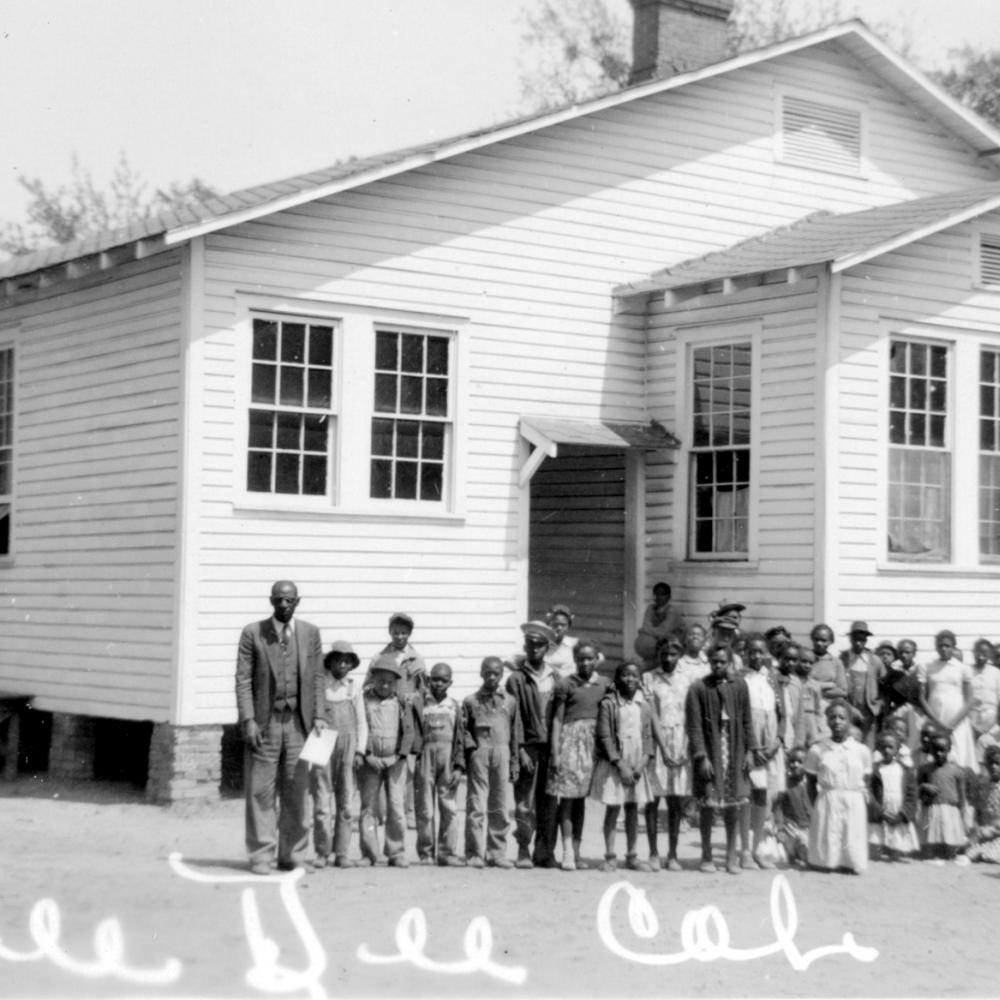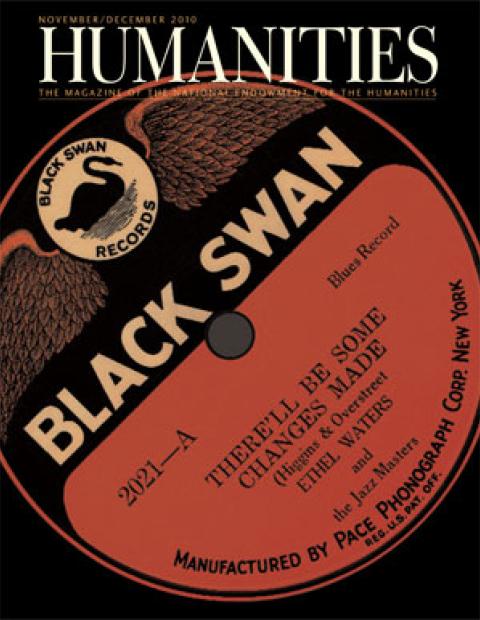In 1912, Booker T. Washington wrote to Julius Rosenwald about the sorry state of Southern black education: “Many of the places in the South where the schools are now taught are as bad as stables, and it is impossible for the teacher to do efficient work in such places.” A single teacher may have taught up to one hundred students with only a table and a couple of chairs for furniture. In many cases, the local school districts did not own the buildings, or even know where the schools were.
Rosenwald, president of Sears, Roebuck and Co., had read Washington’s autobiography Up from Slavery and was impressed by Washington’s vocational model of education and self-help philosophy. He then donated $25,000 to Washington’s Tuskegee Institute in Alabama. Now Washington was asking Rosenwald if he could use a small portion to help build six schools near Tuskegee.
Rosenwald believed that school-building was a “community enterprise in cooperation between citizens and officials, white and colored.” So each school received only seed money, about one third of the building cost. The remainder had to come from local government and citizens.
“The genius behind the seed-grant method of funding was that the whole community and the school district had to ‘buy in’ to the program,” says Tracy Hayes of the National Trust for Historic Preservation. “Blacks were required to raise funds, the community as a whole was required to pitch in, and in a majority of cases the white community contributed funding.”
For Mt. Zion School built in Mars Bluff, South Carolina, the cost was $3,850. According to state records, “Negroes” donated $1,000, the Rosenwald Fund contributed $900, and the rest came from public funds. In many cases, black citizens cut trees, held bake sales, donated land, and helped erect the school themselves.
Another condition for funding was that county school boards had to take ownership of the new school property and maintain it as part of the public school system. By 1928, one-third of all rural black children in fifteen Southern states attended Rosenwald schools. Rosenwald schools became a symbol of community pride.
“It was a beautiful school,” says Mt. Zion alumna Mabel Dickey. “Even though there was no electricity, there were about twelve windows on the west side of the building. I remember all that light and heat coming in the school.”
Architectural plans—accommodating one to seven teachers in a school—were provided with the start-up funds, along with advice on site choice, painting, desk placement, and landscaping. The simple, yet modern designs maximized teaching space, natural lighting, ventilation, and heating. The common two- and three-teacher models, wooden structures characterized by large banks of windows, also provided much needed community gathering places for plays, pageants, fundraisers, exhibits, celebrations, and church services. By the late 1920s, the schools had set a standard in architecture, design, and efficiency. Eventually, more than 15,000 schools for white students were built based on the innovative Rosenwald models.
When construction grants ended in 1932, the year of Rosenwald’s death, the fund had donated $4.3 million to building more than fifty-three hundred schools, teachers’ homes, and shops. The fund also supported transportation, longer school terms, teacher training, and libraries.
Many Rosenwald Schools remained open until Brown v. Board of Education in 1954, when consolidation and integration closed the book on these schools. Abandoned buildings fell into disrepair and began disappearing entirely from the landscape. Survey data estimates that about eight hundred are still standing.
When Dickey went back to see Mt. Zion School in the 1990s, it was boarded up with buckling floors and a crumbling ceiling, nothing like the clean and brightly painted structure she remembered. Now, she is leading a preservation effort to once again make the school a center of community activity. So far, the outside of the building has been restored, and Dickey is raising funds to restore the inside. Dozens of Rosenwald schools are being given a new life through a mix of fundraising, private donations, grants (home improvement chain Lowe’s has donated more than $2.5 million since 2008), and volunteer work. “Our goal is to have a senior center and a place for children to take part in after-school programs,” says Dickey. “Restoring the school helps connect us to our past and teaches children how we once learned, even without electricity and plumbing.”
Over the years, grassroots preservation efforts, led mainly by alumni of Rosenwald schools, have come to the attention of the National Trust for Historic Preservation. In 2002, the Trust placed the 5,000-plus Rosenwald schools on its list of America’s 11 Most Endangered Historic Places. The Trust also supports preservation and education through a website (www.rosenwaldschools.org) and the traveling exhibition “Rosenwald Schools: Reflection and Revival” on display at the Aiken Railroad Depot in South Carolina.
“The Rosenwald School building program was the single greatest contributor to education of African Americans across the South in the early twentieth century,” says Hayes. “Educated African Americans went on to achieve great things. Rosenwald schools were an early step forward in the Civil Rights movement.”


